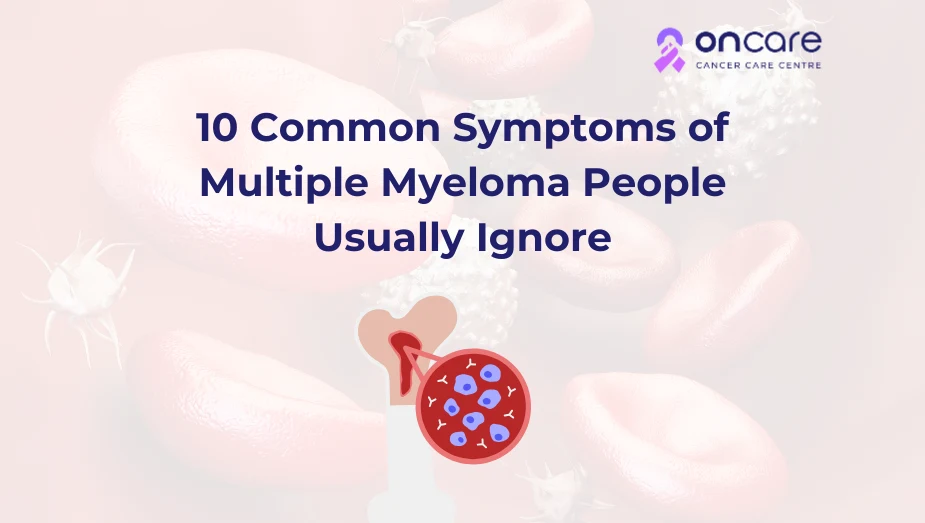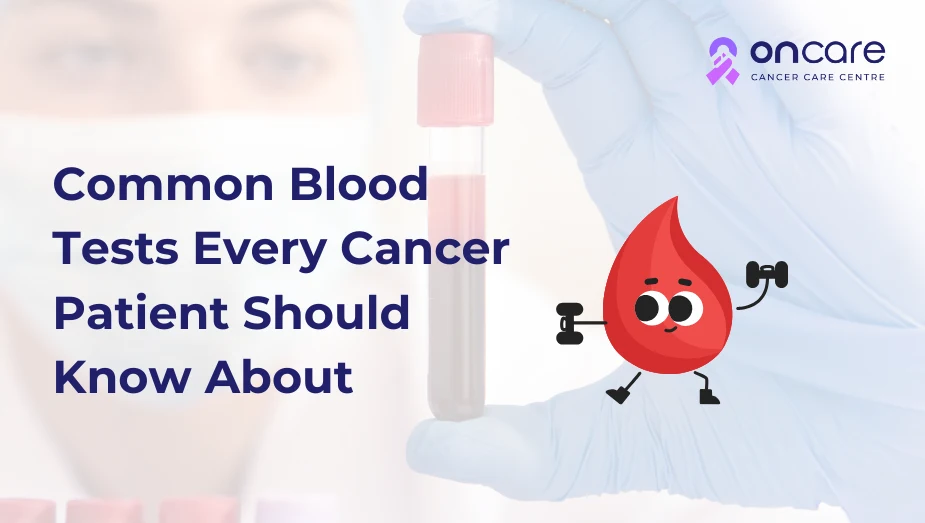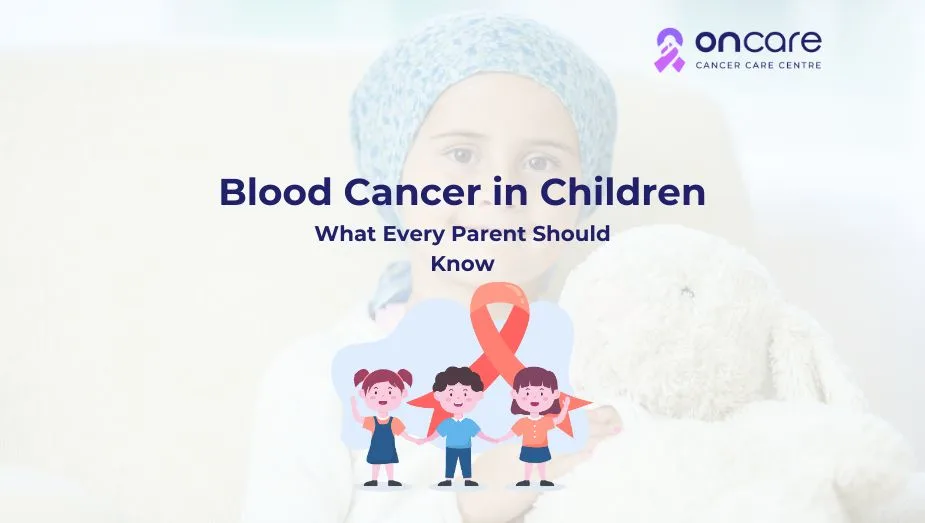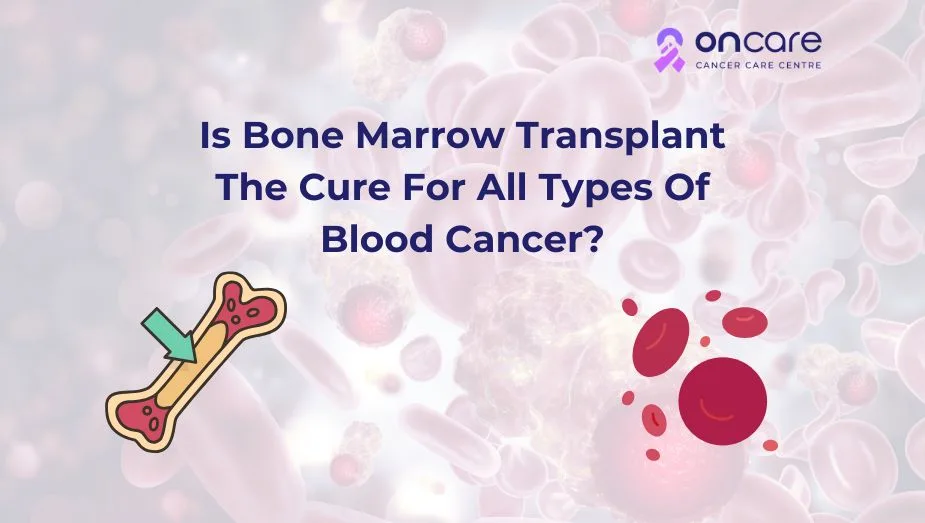Table of Contents
10 Common Symptoms of Multiple Myeloma People Usually Ignore

Multiple myeloma happens when healthy plasma cells start to become abnormal and start to multiply and produce abnormal proteins. This condition can cause issues that can affect your bones, kidneys, and blood cells. This type of blood cancer is often considered hard to detect early because its symptoms can be considered subtle and really easy to dismiss.
In this blog, we’ll discover more about common symptoms of multiple myeloma and why people dismiss or overlook early warning signs until the disease has advanced.
What are the 10 common symptoms of Multiple myeloma
In most cases, it won’t show any early symptoms, and if any symptoms appear, then they are often dismissed as less serious health concerns, which makes it difficult to diagnose in the beginning stages.
Here are some 10 common symptoms of multiple myeloma that people usually ignore, but should not ignore.
Consistent Fatigue
If you get tired from time to time, even after taking proper rest, and you won’t be able to recover from the weakness, then this is often a sign of anemia. This usually occurs when the bone marrow starts to produce fewer amounts of blood cells.
Bone pain
Experiencing pain in the back, chest, hips, or other bones in the body is considered a common symptom of this disease, often caused by bone damage from the cancer.
Frequent infections
If you are experiencing more frequent infections than usual, then that can be due to when the myeloma cells produce large amounts of white blood cells. It can weaken the immune system, and that can lead to an increased vulnerability to getting various infections.
Unintentional weight loss
If you are experiencing unexpected weight loss, then that can be a sign of multiple cancers, including myeloma.
Experiencing tingling or numbness in the limbs
If you are concerned about experiencing tingling or numbness in the legs and ankles, then it can occur in people when there is nerve involvement from bone damage.The nerve damage often happens when proteins are produced by the cancer cells in patients.
Excessive thirst and Frequent urge to urinate
People with this health condition might experience high calcium levels in the blood, also known as hypercalcemia, which can make you feel extremely thirsty and cause instant thirst and a frequent urge to urinate.
Experiencing brain fog or confusion
People who are experiencing high calcium levels and anemia can often lead to brain fog and confusion, which makes it difficult to focus and concentrate on a few things. This is not normal and it can be frustrating.
Unusual bleeding and bruising
If you are experiencing any types of bleeding and bruising, then it can be due to a low platelet count, also known as thrombocytopenia. It can often lead to bleeding, nosebleeds, bleeding gums, and easy bruising.
Swelling in the leg
If you are experiencing any types of swelling in the leg, then it could be related to kidney problems, which is a sign of multiple myeloma. Studies have shown that swelling in the legs and ankles is an early sign, especially if it doesn't get better even after taking proper rest.
Why do these symptoms get ignored?
One of the biggest challenges with multiple myeloma is that its symptoms often appear as less serious health conditions. Some of these symptoms start from simple fatigue to back strain to lingering colds in patients. Many of these patients do not seek medical advice until the symptoms become severe.
Early diagnosis is considered crucial for its effective treatment and faster recovery. When a patient gets diagnosed with multiple myeloma earlier, then more treatment options are available and better treatment outcomes are possible.
How is multiple myeloma treated?
The treatment of multiple myeloma might involve performing several cancer therapies in cases with or without a stem cell transplant. A stem cell transplant might slow the cancer spread drastically, but not every treatment option is used for every multiple myeloma patient.
The treatments may include:
- Stem cell transplant: Stem cells are often known as ‘parent cells’ or ‘seed cells’ that are often developed in the bone marrow or blood, which can help to produce new blood cells including white and red blood cells, and platelets. These treatments help to replace damaged or unhealthy stem cells with healthy cells from the patient's own body.
- Chemotherapy: These treatments are used to reduce the number of abnormal plasma cells. If you are recommended to get a stem cell transplant, then you’ll need to undergo chemotherapy first.
- Targeted therapy: These treatments are designed to target certain weaknesses in the plasma cells, such as genetic mutations , to selectively destroy while minimizing the damage to healthy cells which often leads to destroying these cells.
- Radiation therapy: These treatments are often given to reduce bone tumors causing symptoms.
- Immunotherapy: These treatments help your immune system to develop more cancer-fighting cells. For example: CAR-T cell therapy is a specific type that has delivered excellent results in patients.
When to consult a doctor?
If you have been experiencing any of the symptoms listed above, especially if they start to get severe and worse day by day or start to impact your daily life, then it’s time to consult the doctor immediately.
Consult Today
Multiple myeloma is a serious health condition, also known as a silent killer. Most of the time people dismiss or ignore common symptoms, thinking they're not that serious. Listening to your body’s slightest changes, like identifying any symptoms, can help to get an early diagnosis and better quality of life.
At Oncare, we offer premium-quality cancer treatments, including advanced surgeries at affordable price ranges with an experienced cancer specialist consultation.
If you or any loved ones of yours are diagnosed with cancer, then visit Oncare Cancer Center and book an appointment with our cancer specialist today. Get an estimated cost of your cancer treatments today!
Frequently Asked Questions
Here are some of the risk factors associated with these cancer, including:
- Gender: men are comparatively more riskier than women to develop multiple myeloma
- Age: People who are diagnosed between the ages of 40 to 70, are more likely to develop these cancers.
- Having a family history of multiple myeloma: Many studies claim that a family history of multiple myeloma increases a person’s likelihood of developing it.
- Obesity: People with obesity are considered risky to develop this condition.
Here are some of the complication can lead to other medical conditions, including:
- Abnormal proteins damaging your organs
- Abnormal proteins damaging your blood vessels
- Bacterial infections
- Broken bones
- High levels of calcium in your blood
- Nerve damage
Doctors perform several tests to confirm a multiple myeloma diagnosis, including:
- Blood tests
- Urine tests
- Imaging tests
- Biopsy
- Genetic testing
Here are some of the treatments included:
- Stem cell transplant
- Chemotherapy
- Targeted therapy
- Immunotherapy
- Steroids
- Radiation therapy
Book an Appointment
Related Blogs

Common Blood Tests Every Cancer Patient Should Know About
Discover some of the common blood tests and types of blood tests, and how do performing blood tests detect cancer, and how do blood tests work for cancer diagnosis!

Blood Cancer Treatment Cost in India: Is It Affordable for Indian Families?
Discover more about the cost of blood cancer treatment, type of blood cancer and its treatment costs, factors influencing the treatment costs and additional costs!

Blood Cancer in Children: What Every Parent Should Know
Discover more about blood cancer in children, types of leukemia in children, its signs and symptoms, causes and risk factors, diagnosis, and treatment options

Is Bone Marrow Transplant The Cure For All Types Of Blood Cancer?
Discover more about bone marrow transplant and how it helps to cure blood cancer, a type of blood cancer, and what bone marrow transplant is and its challenges!

How Chemotherapy Helps Treat Blood Cancer: A Beginner’s Guide
Discover how chemotherapy helps to treat blood cancer, types of chemotherapy, how chemotherapy works against blood cancer, and what to expect during chemotherapy!

Types of Blood Cancer: A Comprehensive Guide
Discover more about blood cancer, types of blood cancer, signs and symptoms of cancer, causes and risk factors, diagnosis and treatment options, and much more!

Is Blood Cancer Curable? Exploring Treatment Options and Outlook
Learn more about whether blood cancer is curable or not—blood cancer and its types, symptoms and causes, risk factors, treatment options, and prevention methods.

